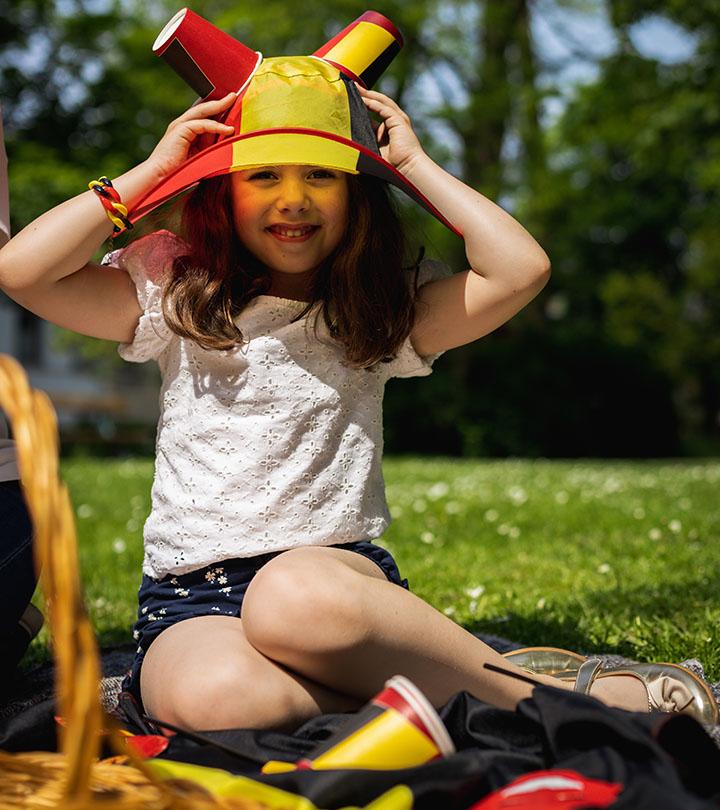Come on outside and create your very own miniature Stonehenge in this super fun and easy Stonehenge outdoor activity! Learn all about the history of Stonehenge and ancient megalithic architecture.

This activity is a great way for kids of all ages to get outdoors, learn some fun history, and get out some creative energy. You can do this activtiy with kids of any age at home or at school. It’s a great way to learn about a super cool monument from pre-historic England! I’d recommend doing this craft outside so its easier to arrange the rocks and mimic the process of making Stonehenge! If you want to learn more about Stonehenge, check out the details below!
Stonehenge Outdoor activity
Get outside and have fun while doing this super fun and easy Stonehenge outdoor activity! Learn all about the history of Stonehenge!
Supplies to recreate stonehenge

- An outdoor area
- small to medium rocks of varying shapes and sizes
Steps to recreate stonehenge
Step One

Go outside and gather a bunch of small to medium sized rocks. Find an open area.
Step two

Create a somewhat big circle of rocks with your smallest rocks.
Step Three

Arrange some of the larger rocks into a smaller circle within the big circle. You can use as many as you like, just make sure it’s an even number.
Step Four

Take some flatter rocks and put them on two of the rocks so it resembled the structure of Stonehenge.
Step five
Once you have all your rocks arranged you can either keep it up for as long as you like, take it down, or bring some small toys to play with at your mini Stonehenge!
finished stonehenge activity

Wasn’t it so fun to get outside and create our own Stonehenge? Let us know how much fun you had!
tips to recreate stonehenge
- Do this activity on a clear, sunny day when its not too hot or too cold.
- Use rocks that have flat edges so they can stand up better.
- Do this activity in the grass to ensure the rocks can stand up on their own easier.
- Bring some small toys with you so you can play with them at your mini Stonehenge!
My experience with this craft
I got the idea for this craft after my fall semester of college had finished. During the semester I mostly opted to do simple crafts and activities I could do in my bedroom due to the weight of my course load. However, once I finished the last final I had and took some much needed rest, I though about what types of fun crafts and activities I could create. Then it hit me, I hadn’t created an activity since the summer! I combed through my notes for my classes and found the notes on Neolithic art from my Art History course. I decided that Stonehenge would make for a perfect simple (but fun) outdoor activity for any time of the year!
Execution of the craft was easy enough, all I had to do was take some rocks from my parents garden, arrange them to look like Stonehenge, take some pictures, do my standard stuff to create the post and edit said pictures, and then I was done.
history of stonehenge
Stonehenge is one of the most iconic monuments from England, other than Big Ben of course! Unlike Big Ben, Stonehenge comes from the Neolithic era of human history, its estimated that Stonehenge was built between 2550-1600 BCE! That’s incredibly old!
The structure was built in the Salisbury Plain in Wiltshire, England. It consists of large rocks arranged into two large circular rings. Based on archeological evidence, it is estimated that there were three stages of construction at Stonehenge.
Stages of Construction
The first phase of construction, which is estimated to be around 3100 BCE, a large circular ditch about six feet deep and a raised bank around it. It had a large entrance towards the north and a smaller one towards the south. The circular ditch and the raised bank is called a henge, which is part of how Stonehenge got its name. In addition to the henge, fifty six large holes were dug inside the henge. These holes, called “Aubrey holes” after the archeologist John Aubrey, likely held upright large blue stones or wooden beans that were likely removed.
In phase two, which occurred about 100 to 200 years after phase one, upright wooden posts were added to the center of the henge as well as near the northern and southern entrances. Its speculated that during this stage, Stonehenge was likely used as a burial cite. Some of the Aubrey holes were used to hold the deceased while about thirty more holes were dug for burials.
About 400 to 500 years later, phase three of construction began. It is assumed to be the stage that took the longest, as this was when the iconic stones were added to the site. Thirty huge stones were added to the site in a circular shape with about 108 feet in diameter. The stones were capped with thirty stones, making the iconic structure of Stonehenge. All the standing stones were about thirteen feet tall, seven feet wide, and twenty five tons! Inside the ring were some smaller large stones arranged into the shape of a horse. Towards the end of the third stage, some of the inner stones were rearranged into a circular shape.
Prep Time
10 minutes
Active Time
1 hour
Total Time
1 hour 10 minutes
Difficulty
easy
Estimated Cost
$0
Materials
- – Rocks of varying sizes
- – Outdoor space
Instructions
- Go outside and gather some rocks
- Arrange the rocks in a wide circle
- Use some slightly bigger rocks to create a smaller circle in the wide circle
- Take some smooth rocks and put them on top of the smaller circle
Notes
Feel free to bring along some small toys to play with at your mini Stonehenge!
more fun history crafts and ACTIVITIES from kids activities blog
sources
German, Dr. Senta, and Dr. Senta German. “Stonehenge.” Smarthistory Stonehenge Comments. Accessed December 28, 2023. https://smarthistory.org/stonehenge/.
Layla Seale. “Neolithic Art.” ART 2350 Section 001: Art History Survey I. (class lecture, Fall 2023).
“Stonehenge.” English Heritage. Accessed December 28, 2023. https://www.english-heritage.org.uk/visit/places/stonehenge/.

 PARENTING TIPS
PARENTING TIPS







 PREGNANCY
PREGNANCY








 BABY CARE
BABY CARE








 TODDLERS
TODDLERS








 TEENS
TEENS








 HEALTH CARE
HEALTH CARE







 ACTIVITIES & CRAFTS
ACTIVITIES & CRAFTS








 CONTACT
CONTACT ABOUT
ABOUT














